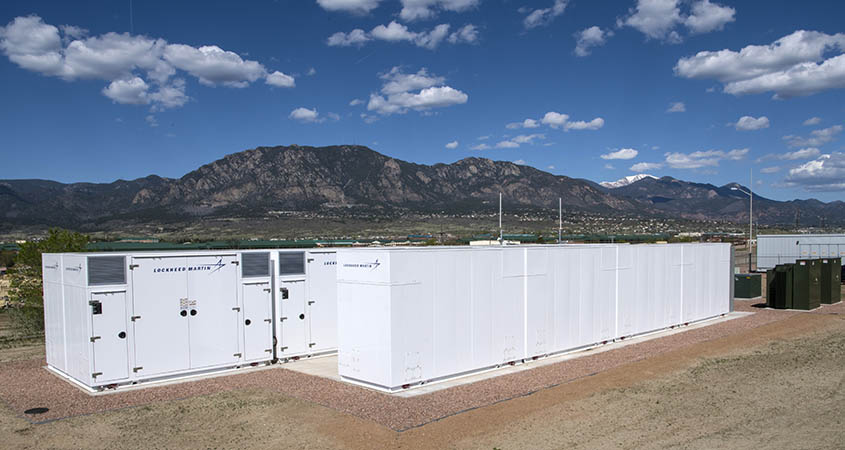Energy Storage Manufacturing Analysis
By exploring energy storage options for a variety of applications, NREL’s advanced manufacturing analysis is helping support the expansion of domestic energy storage manufacturing capabilities.

NREL’s analysis work on energy storage manufacturing is critical to support the scale-up of renewable energy technology production while limiting impacts on the environment by identifying options to increase opportunities for recycling in the future.
Capabilities
Analyzing energy storage options is increasing in importance as grid mixes transition to renewable and intermittent energy sources. NREL’s strategic analysis team focuses on these research areas to support the U.S. Department of Energy's Industrial Efficiency and Decarbonization Office:
- Energy storage supply chains and scales
- Flexible loads in industry and innovation pathways
- Electric vehicle battery design and end-of-life implications
- Circular economy research on photovoltaics and batteries.
This research raises awareness of potential supply chain barriers, reduces grid demand through energy-saving methods, and better tailors electric vehicle batteries for recycling.
Energy Storage Supply Chains and Scales
NREL researchers aim to provide a process-based analysis to identify where production equipment may struggle with potential increases in demand of lithium-ion and flow batteries over the next decade.
First, they are identifying future energy storage needs and how to scale current technologies to those levels. The team then considers how to apply their results to current battery manufacturing methods, noting areas of high interest during rapid scaling and considering impacts on material availability.
Flexible Loads in Industry and Innovation Pathways
Through this project, NREL researchers seek bridges between improvements in manufacturing processes and intensification (an Industrial Efficiency and Decarbonization Office research area) and electric power delivery.
This analysis considers the largest user of electricity in the manufacturing sector—iron and steel production—and a possible significant future user—ammonia—to assess the potential of more flexible operations. Flexible power demand is increasingly important with higher contributions of variable renewable energy (such as wind and solar, which can depend on the day and/or time of day) to the grid, which could affect its stability. This research also has implications for fossil fuel production because the ammonia industry also supports fuel shipping and enhances natural gas and oil recovery.
Electric Vehicle Battery Design and End-Of-Life Implications
NREL researchers are investigating the robustness of previous studies that identified where innovations could best incorporate new and recycled materials in electric vehicle battery design, the supply chain, and recycling processes. Through this work, researchers also evaluate the environmental and social implications of battery recycling and how to limit those impacts.
Their analysis suggests that refurbishing and selling a fraction of batteries at the end of their lives, while recycling the remainder, minimizes the economic risk of recycling. This strategy has relatively high, more stable profits that are more consistent regardless of market conditions. Low-cobalt chemistries in electric vehicle batteries, the team suggests, may be the most promising environmental solution.
Circular Economy Research on Photovoltaics and Batteries
In a systematic literature review, NREL researchers compiled information from more than 3,000 papers to understand the current knowledge of lithium-ion battery and photovoltaic manufacturing. This work helps identify gaps for future research to address and support NREL’s circular economy objectives, including those in modeling analysis. Read more about the study’s key findings.
Share
